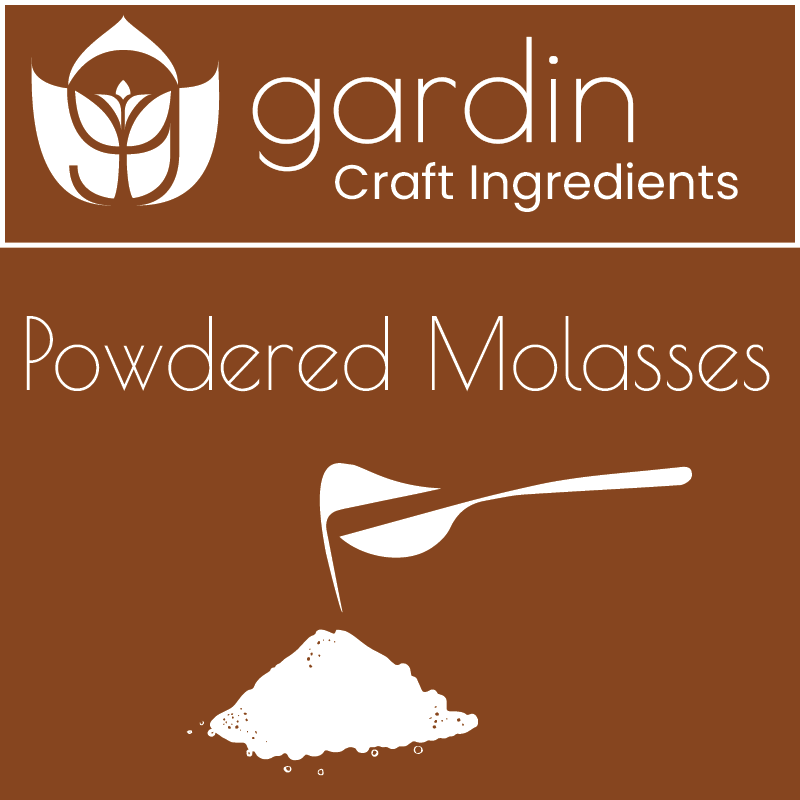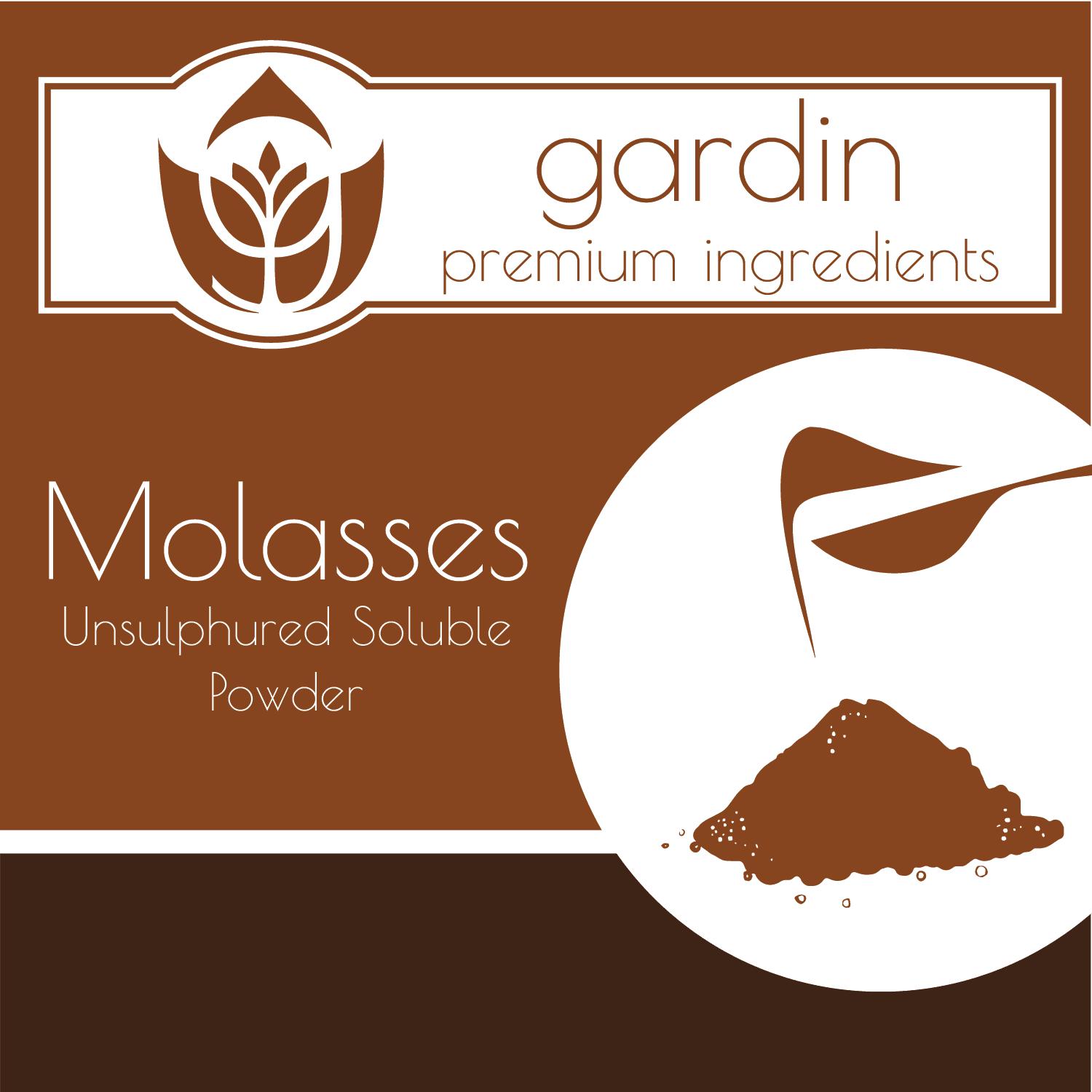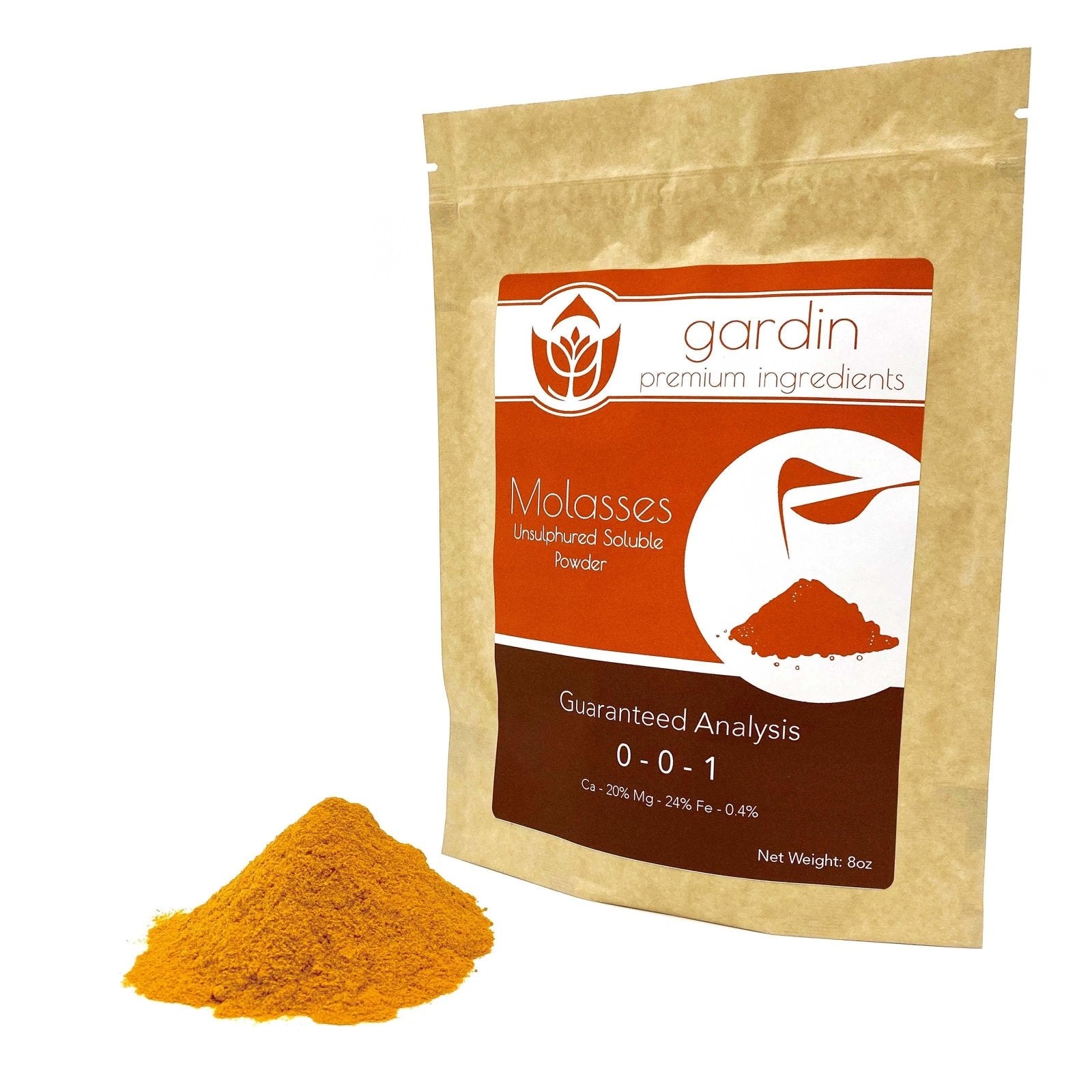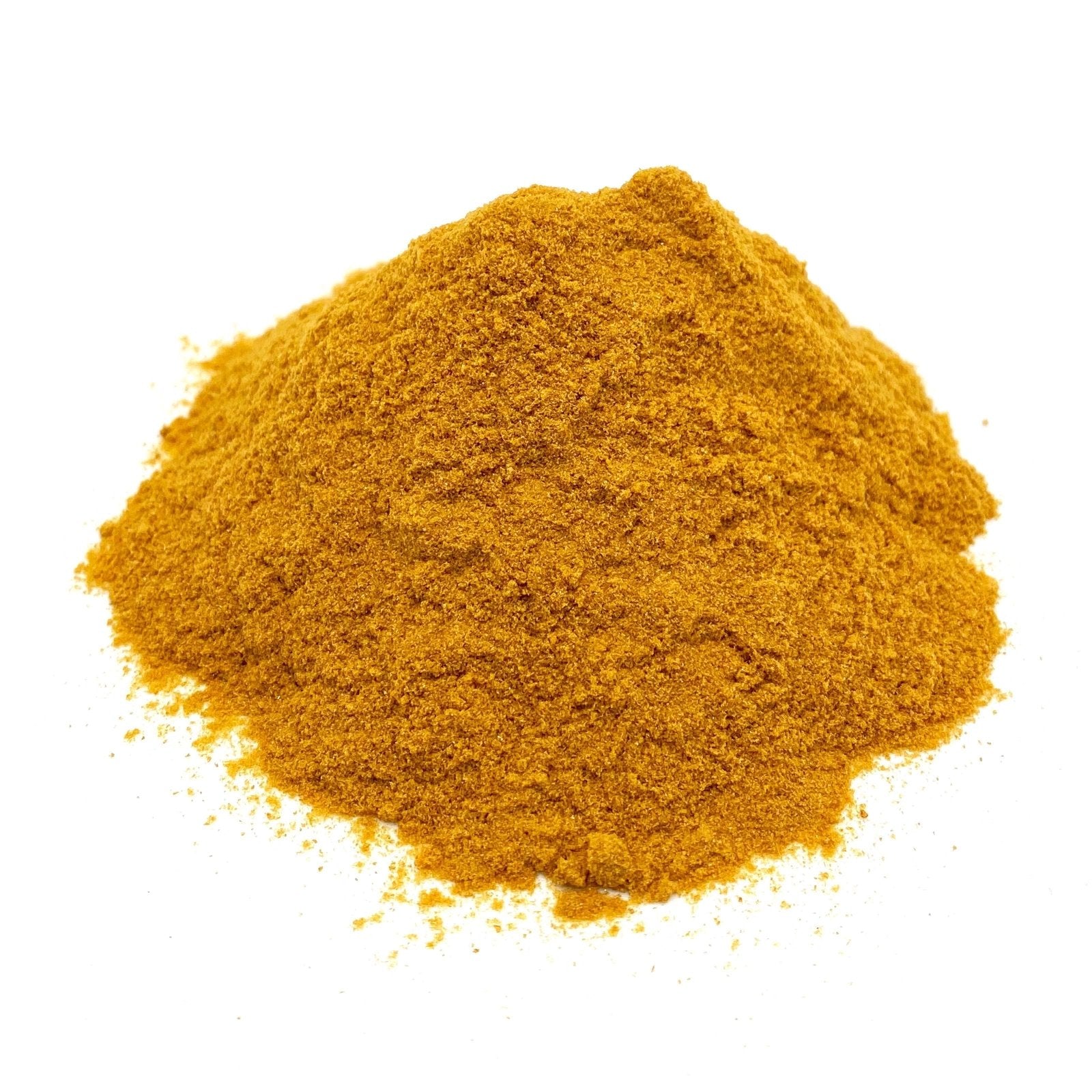Description
Why Molasses
- Increases beneficial microbes
- Provides trace nutrients
- Increases nutrient availability
- Provides pest control
- Increases yields (See below References 1 & 2)
- Reduces nitrogen loss during composting (See below reference 3)
Ingredients
- Spray dried high quality certified organic non-GMO molasses
- 8X Concentration of liquid molasses
How to Use
Root Drench: Mix 1-5mL per liter (4-20mL/gallon) of water. Water plants to feed pre existing beneficial bacteria in the root zone.
Foliar Spray: Mix 1-2mL per liter (4-8mL/gallon) of water. Spray leaves of plants, especially the under sides, to help support healthy leaves.
Compost Tea: Dilute 5-15mL per liter (20-60mL/gallon) of tea blend.
This will give the microbes enough time to multiply without overcrowding and competing with each other.
Nutrient Analysis
- Carbohydrates and Vitamins to feed plants and microbes
- Vitamins B1,B3, B5, B6, & Choline
- 25-35% reducing sugars
- pH(10% solution) 5-6
Why Gardin's Premium Molasses
-
Premium quality: Our powdered molasses is made only from certified organic, food grade unsulphured black strap molasses.
-
Dry Powder: Powdered molasses allows for uses liquids don't, including dressing and dusting. Additionally, powdered molasses is easier to deal with and has a longer shelf life.
-
100% Soluble: We wanted a molasses that would quickly dissolve so that it could be used in hydroponic systems, fed through irrigation, and used in foliar sprays.
-
No filler: Most dry molasses is actually grain or soy granules that have been sprayed with molasses. Ours is pure organic molasses with organic maltodextrin to keep it shelf stable.
-
Organic & Non-GMO: Gardin's molasses is USDA Organic and non-GMO certified. It is also made in the U.S.A. to avoid shipping products across the globe.
-
Affordable: Many other options cost up to 10x more than Gardin's molasses, despite being lower quality.
Sources
1. Anish Pyakurel, Bhishma Raj Dahal, Swodesh Rijal
Effect of Molasses and Organic Fertilizer in Soil fertility and Yield of Spinach in Khotang, Nepal
https://doi.org/10.3126/ijasbt.v7i1.23301
2. Liza Akter Bethe, MA Salam, Umme Kaniz Fatema and KM Shakil Rana
Effects of molasses and compost tea as foliar spray on water spinach (Ipomoea aquatica) in aquaponics system
https://www.fisheriesjournal.com/archives/2017/vol5issue3/PartC/5-2-73-830.pdf
3. Living Meng, Weiguang Li, Xiancheng Zhang, Yi Zhao, Li Chen, Shumei Zhang
Influence of spent mushroom substrate and molasses amendment on nitrogen loss and humification in sewage sludge composting https://doi.org/10.1016/j.heliyon.2020.e04988
4. R. Rodriguez-Kabana, P. S. King
Use of Mixtures of Urea and Blackstrap Molasses for Control of Root-Knot Nematodes in Soil
https://journals.flvc.org/nematropica/article/view/69564
5. L. Vawdrey, G. Stirling
Control of root-knot nematode (Meloidogyne javanica) on tomato with molasses and other organic amendments
https://doi.org/10.1071/AP97029
Suggested Additional Learning material




